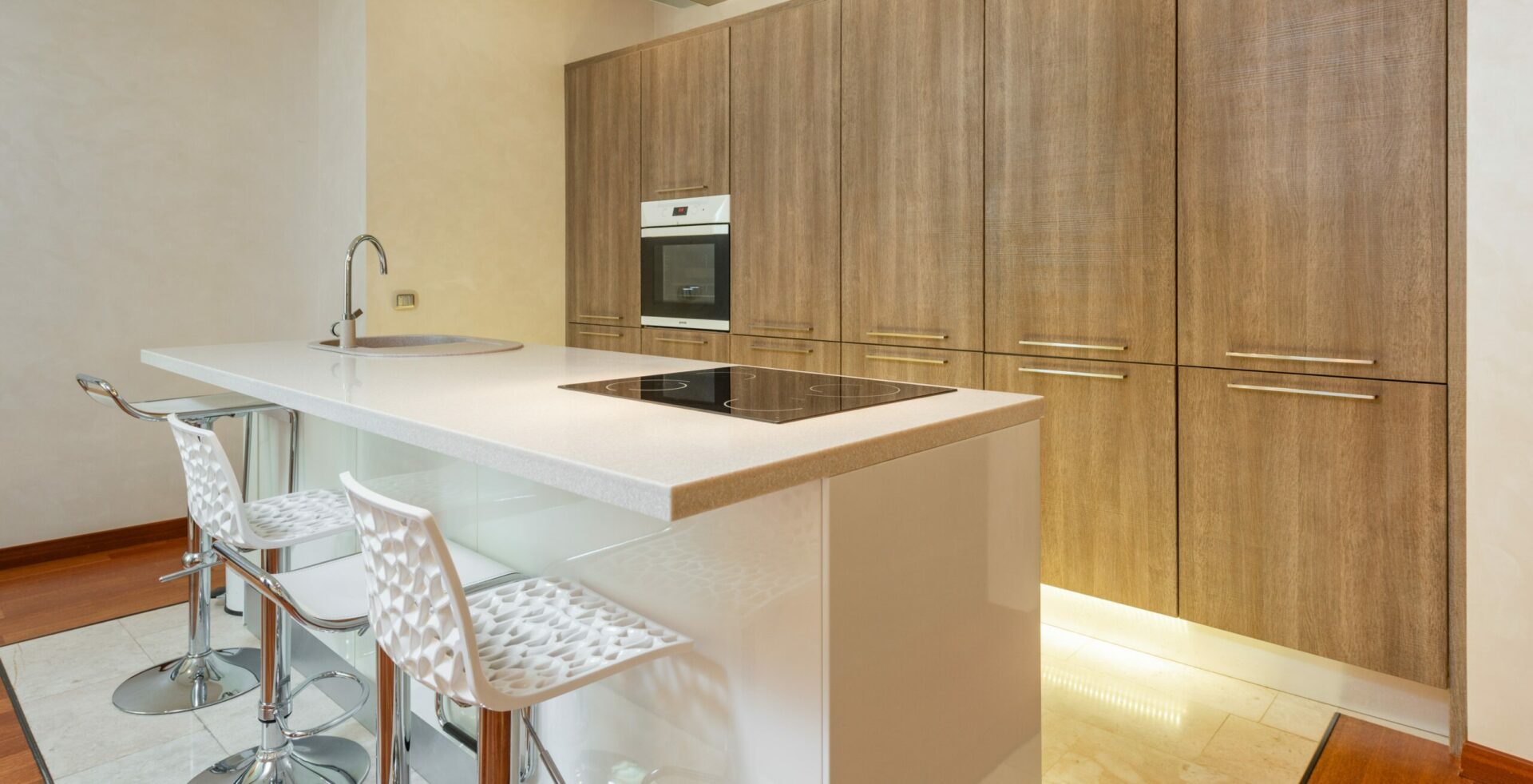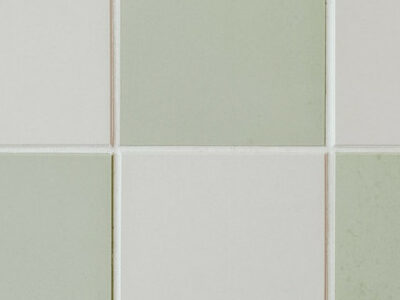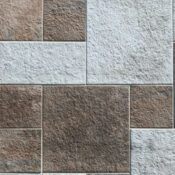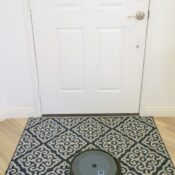Ceramic tile is not only a versatile option for the flooring of kitchens, bathrooms, and other rooms in the home, they are also less challenging to clean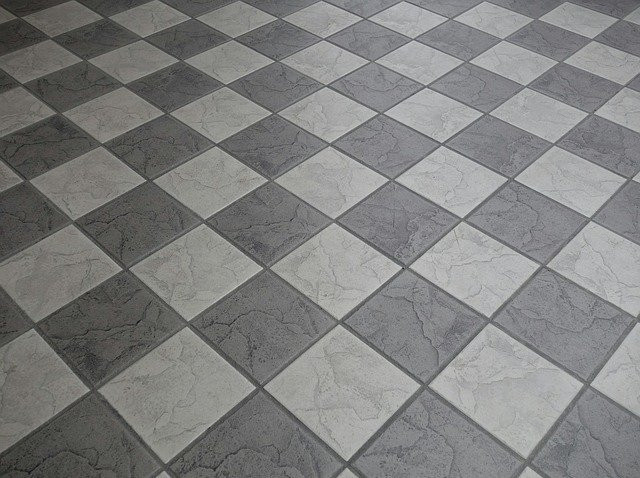 than other types of flooring. However, to keep these types of floors looking in prime shape, they should be deep cleaned regularly.
than other types of flooring. However, to keep these types of floors looking in prime shape, they should be deep cleaned regularly.
Ceramic floors hold up well in heavy foot traffic areas, as well as those that endure a fair amount of dirt and moisture. Grit and sand can wear the tile floor down over time, scratching it up and dulling it. The best part is that this cleaning process is not very rigorous and the key to cleaning it is to use the right materials and the correct methods. The main challenge lies is in the fact that ceramic tiles are great at hiding how dirty they really get. For that reason, we need the best way to clean ceramic tile floors.
We Have Done The Research
If you have a tiled floor area in your home that needs cleaning, we have good news. We have researched how to clean tile floors and maintain their clean and shiny allure. In this article we will review the supplies that you need for cleaning, the best methods to utilize, as well as how to best conduct periodic, quick cleanings, and more thorough ones.
Materials You Will Need:
The best way to keep ceramic tiles perpetually clean is regular maintenance. These light cleansing can help space out the need for deeper cleanings as the tiles will not get as dirty. For weekly maintenance the materials needed are:
- Soft Bristle Broom
- Vacuum (preferably with a brush attachment)
For a deeper clean you will still need a vacuum and a soft bristle broom, but for some additional cleansing, you will need a few additional supplies. These include:
- Cleaning Rags
- Microfiber Cloths
- Flat Mops
- Scrub Brushes, Old Toothbrush
- Tile & Grout Cleaner
- Powdered Oxygen Bleach
- Oils & Vinegar
- Dish Soap
- Sanitizing Wipes
Weekly Cleaning Process For Ceramic Tile Floors
First, it’s important to use a broom to sweep up the bigger dirt and dust particles that stick loosely to the surface with a soft-bristle broom. Then the collected dirt, as well as the rest of the swept area, should be vacuumed to pick up all the collected debris.
Next, mix a bucket of water with a half cup of vinegar and half of a tablespoon of dish soap. Don’t go too heavy on the soap as it will leave a residue. Rinse a flat mop with hot water to wash away any sticky debris, then use the soapy mixture to mop the tiles. The soap will help to lift the more attached dirt from the surface.
Once the mopping has been completed, you can either let the tile air dry or, preferably, use microfiber cloths to wipe the floor dry. Not only will wiping it help lift more of the dirt than the mop was able to get, but it will also prevent unappealing water spots from being left behind.
Quick And Thorough Cleanings
While regular maintenance is the key to maintaining the optimal look of ceramic tiles. The cleaning process outlined above is a quick way to keep your ceramic tiles clean. A sweep followed by a vacuuming session to lift the loosened dirt and dust, then a mopping with a combination of dish soap, vinegar, and hot water, followed by warm water mopping to lift the remaining dirt, and a good wipe down with a microfiber cloth to remove the water stains.
However, after the mopping sessions, some dirt and grime can get trapped between the ceramic tiles, sticking in the crevasses of the porous grout. The ceramic tile floors may look great, but an obviously dirty grout can really dampen the overall appearance. A more complete and thorough cleaning for ceramic tiles would also involve deep cleaning the grout spaces as well.
Cleaning the Grout:
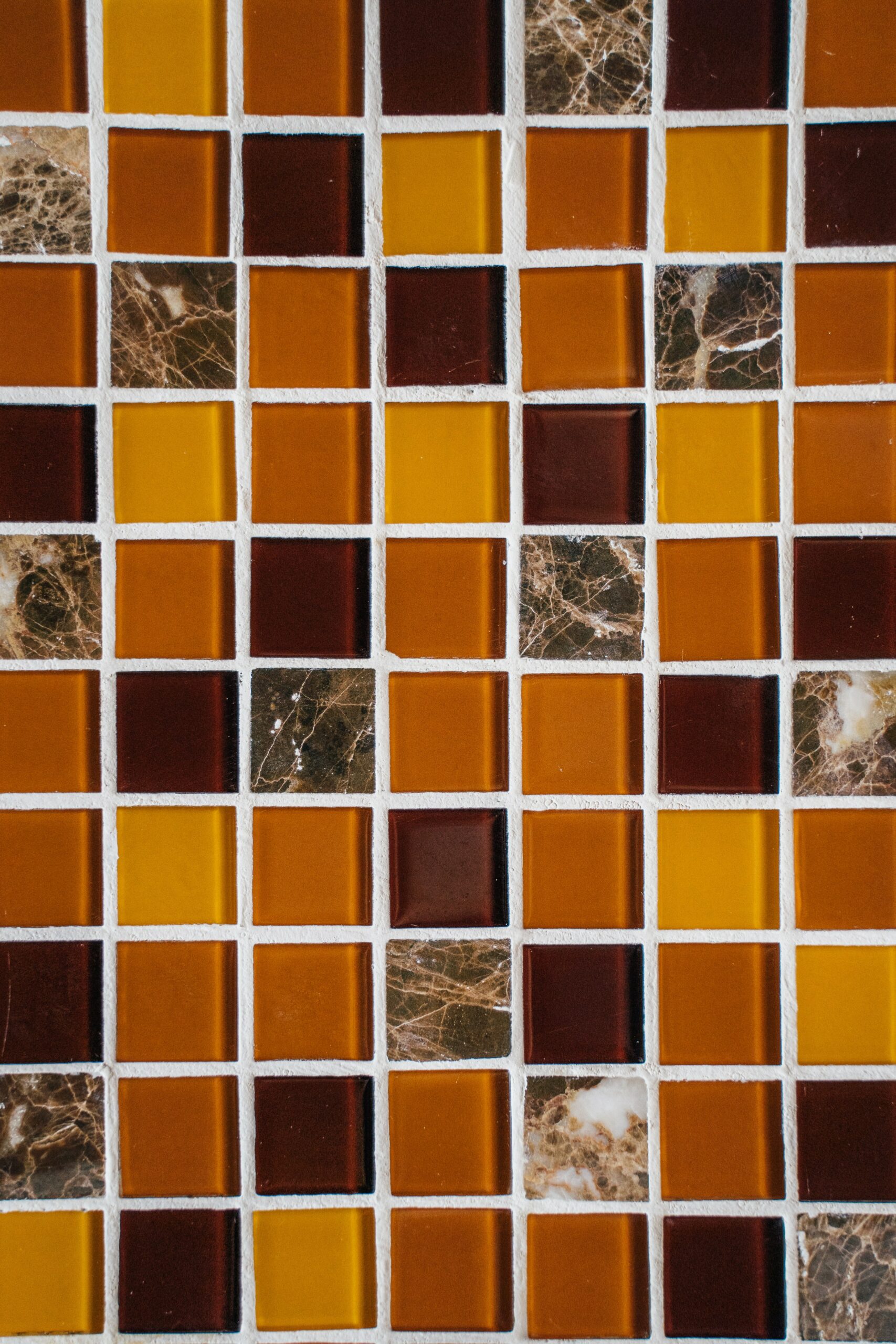
Deep cleaning grout-cleaner steamers can be rented at local hardware stores to help with grout cleaning, but there is a very effective DIY method to really give the floor a fully thorough cleaning without the need to spend money on a grout cleaner rental.
To clean the grout, mix in some powdered oxygen bleach with proportions as directed on the bleach container. This type of bleach is safer than chlorine bleach in terms of its safety for color retention and lack of toxicity. With the combination in a spray bottle, spray it on the grout. For grout that needs a particularly tough clean, use a scrub brush to get the spray contents really embedded into the grout.
The solution can sit up to 6 hours but should be allowed to seep in for at least 30 minutes. Once it has been absorbed, use the nylon brush (or an old toothbrush) to scrub the lines of grout. This will produce dirty, grimy liquid as the dirt comes up, so take it one small portion of the floor at a time, and wipe up the rest with a rag.
Once everything has been cleaned, wipe, use water to rinse the cleaned area, and wipe it up with a dry cloth. Additionally, you can use grout sealant to keep the grout clean afterward.
How to Keep Ceramic Tile Floor Clean
Ceramic tile and its grout can be kept clean in a relatively low-maintenance manner, as long as you are persistent with the regular quick cleans and the occasional deeper cleaning to deal with the grout. The cleaner the ceramic tile floors are from dirt and debris, the easier subsequent cleanings will be.
Because ceramic tile hides dust and dirt well, if the tiles begin looking like they are dirty, then their cleanliness has been reduced significantly. By doing quick, minor, recommended cleanings on a regular basis (weekly), you can keep the tiles clean enough to have to only deal with deeper cleaning, or more specifically, grout maintenance, only on a very occasional basis. By doing the easy stuff more frequently, you can reduce the need to do the more time-consuming cleaning significantly.
